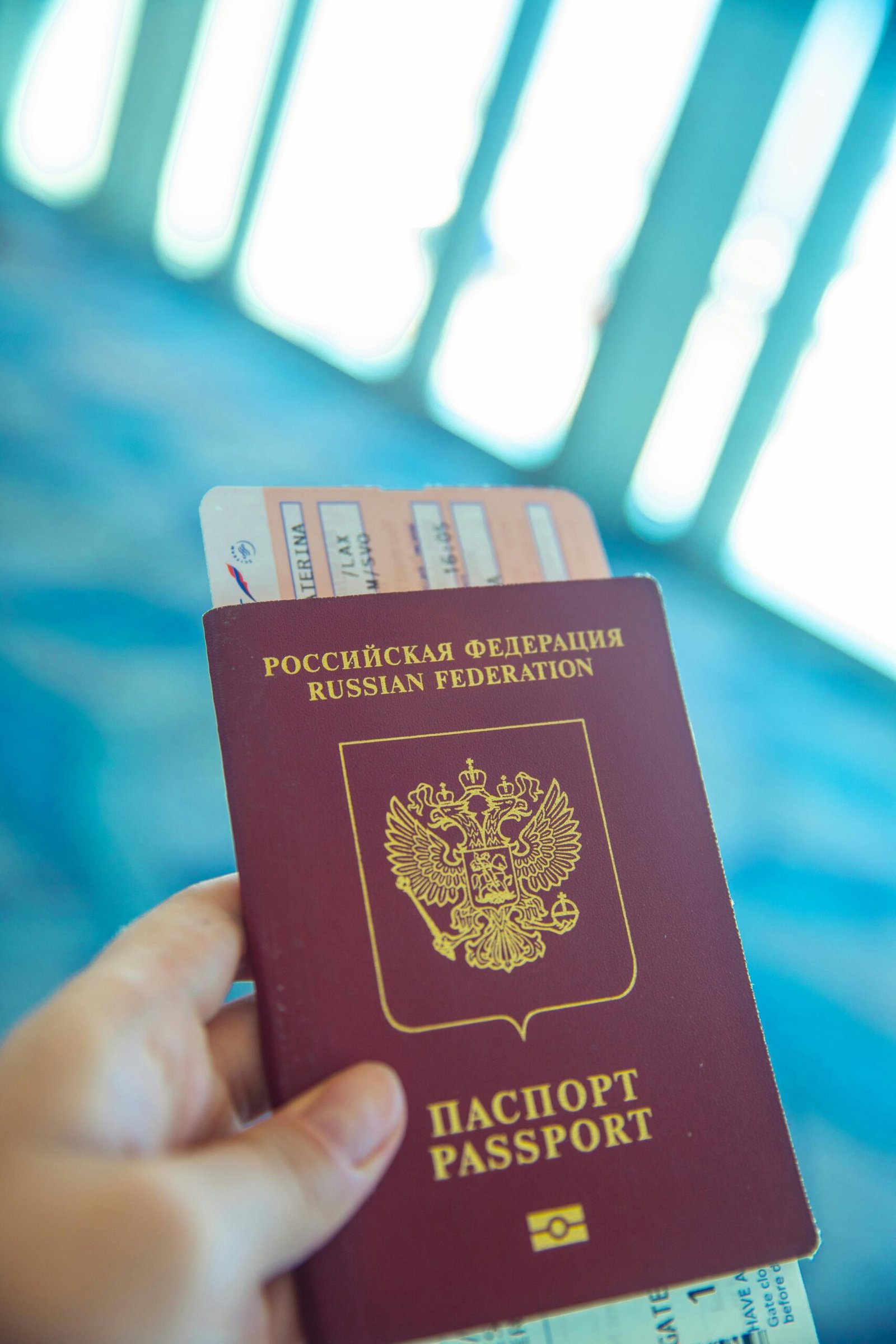High-Value Flight Search Techniques Before Upcoming Holidays

Contents
- Introduction
- Understanding Fare Dynamics Before Holidays
- Platform Deep Dives
- Flexible Date Strategies
- Multi‑Airport & Multi‑City Hacks
- Advanced Filters & Search Parameters
- Meta‑Search Engine Techniques
- Region Pricing & VPN Strategies
- Arbitrage with Bundled Packages
- Loyalty Programs, Miles & Credit‑Card Deals
- Case Studies: Three Key Destinations
- Booking Pitfalls & How to Avoid Them
- Price Tracking & Adjustments
- FAQs
- Conclusion
1. Introduction
Major holidays—National Day, Spring Festival, summer breaks—trigger steep airfare spikes. Waiting until the last minute often means paying premium prices. This guide compiles data-driven insights and hands‑on experiments into high-value search techniques you can use within one week of departure to still secure affordable flights. Learn how to outsmart dynamic pricing, exploit multi-platform searches, and leverage hidden discounts to save money and elevate your holiday experience.
2. Understanding Fare Dynamics Before Holidays
- Pricing Cycles: Airlines release seats in waves—first 3–4 months, then 1–2 months, then final 2 weeks.
- Demand Forecasting: Carriers use historical data and algorithms to adjust fares in real time based on predicted load factors.
- Upsell & Bundles: Near holidays, airlines push “flight + hotel” deals; always compare standalone fares against packages.
3. Platform Deep Dives
Airline Websites
- Advantages: Direct inventory, no OTA markup.
- Disadvantages: Time‑consuming to compare multiple carriers manually.
OTAs (Online Travel Agencies)
- Domestic Leaders: Ctrip, Qunar (Chinese market)
- Global OTAs: Expedia, Booking.com—often bundle-exclusive deals.
Meta‑Search Engines
- Google Flights: Intuitive calendar and map view.
- Skyscanner: “Whole Month” and “Everywhere” search.
- Momondo: “Bare Fare” mode strips hidden fees.
4. Flexible Date Strategies
- ±3 Days Search: Adjust departure by up to three days on either side; yields 15–30% savings.
- Mid‑Week vs Weekends: Flying Tuesday–Thursday is typically 10–20% cheaper than Friday–Sunday.
- Odd Hours: Early morning or red‑eye flights often offer the lowest fares but factor in ground transport costs.
5. Multi‑Airport & Multi‑City Hacks
- Nearby Airports: Compare major cities’ secondary airports (e.g., London Gatwick vs Heathrow).
- Multi‑City Search: Build open‑jaw itineraries (fly into A, out of B) to save on ticket cost.
- Hidden‑City Trick: Book a longer‑stop flight and disembark at the layover city (risk with checked baggage).
6. Advanced Filters & Search Parameters
- Cabin Class: Compare basic economy vs standard vs premium economy for true cost.
- Connection vs Direct: Two-hour connections may save hundreds; weigh time vs money.
- Refundable vs Non‑Refundable: Assess policies to avoid surprise fees.
7. Meta‑Search Engine Techniques
- Google Flights: Use Explore map for cheap destinations.
- Skyscanner: Enable “cheapest month” to identify off‑peak dates.
- Momondo: Use Price Forecast to gauge buy vs wait.
8. Region Pricing & VPN Strategies
- Regional Fares: Airlines sometimes list lower fares on country‑specific sites.
- VPN Use: Switch your IP location to view and book in the local currency.
- Caveats: Watch currency conversion fees and possible payment flags.
9. Arbitrage with Bundled Packages
- OTA Bundles: Break down package prices to compare airfare + lodging vs standalone deals.
- Seasonal Sales: Exploit Black Friday/618/Double 11 travel package promotions.
- Cross‑Platform Mixing: Book flight on one site, hotel on another if combined price is lower.
10. Loyalty Programs, Miles & Credit‑Card Deals
- Frequent Flyer Alliances: Pool miles across partners to boost redemption power.
- Points + Cash: Hybrid redemptions fill mile shortfalls at minimal cash cost.
- Credit‑Card Perks: Free checked bags, companion tickets, and elite status fast‑tracking.
11. Case Studies: Three Key Destinations
- Beijing–Shanghai (Holiday Week): 15% savings using secondary airport comparison.
- Guangzhou–Tokyo (Spring Festival): ¥800 CNY saved via region‑specific booking and VPN.
- Chengdu–Phuket (Summer Break): 20% off by bundling flight + hotel on OTA.
12. Booking Pitfalls & How to Avoid Them
- Hidden Fees: Fuel surcharges, airport taxes often added at checkout.
- Ticketing Traps: Beware “ticket held” phrases; only lower‑fare buckets guarantee seats.
- Visa Requirements: Short transit visas may be needed for hidden‑city bookings.
13. Price Tracking & Adjustments
- Automated Alerts: Set up Python scripts or services like FareDrop to monitor price dips.
- Price Guarantees: Some OTAs refund the difference if fares drop within 24–48 hours.
- Last‑Minute Sales: Airlines occasionally release “last‑seat” flash sales in final 72 hours.
14. FAQs
Q1: What’s the best last‑minute booking window?
A: 7–14 days for domestic; 30–60 days for international, balancing availability and price.
Q2: Is “hidden‑city” booking worth the risk?
A: It can save money but voids checked baggage and violates airline policies.
15. Conclusion
Even in the week before a major holiday, strategic searches—flexible dates, multi‑airport routes, region pricing, and loyalty strategies—can unearth high‑value flights. Employ these techniques to save on airfare, enhance your travel budget, and ensure a smoother, more enjoyable holiday journey.
Safe travels!







